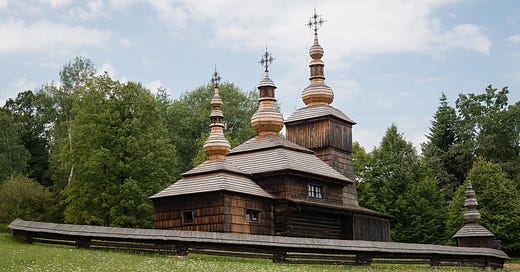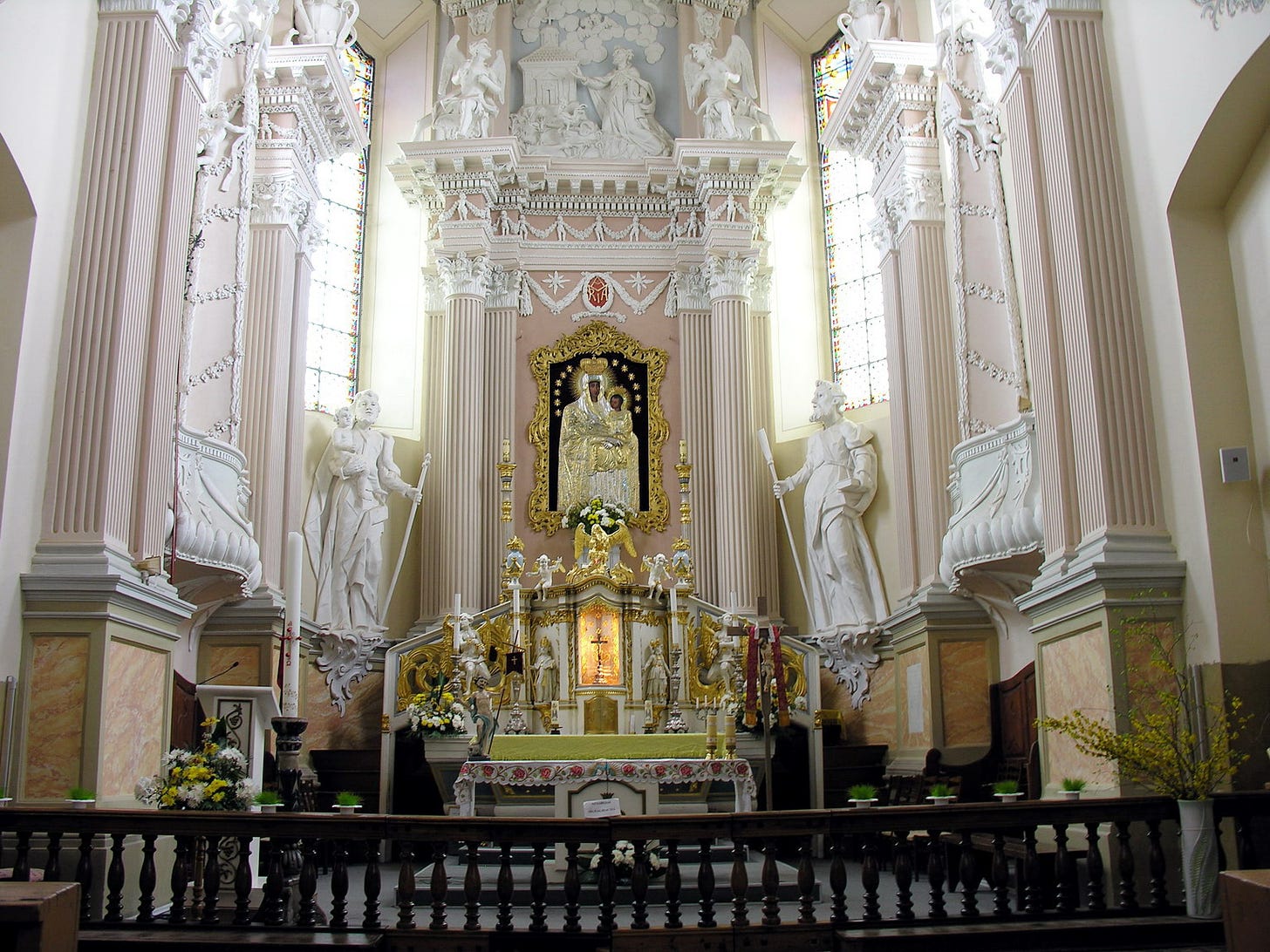
When Catholics attend Mass on Ash Wednesday, they’ll be invited in many dioceses to support the efforts of the U.S. bishops’ conference to build churches, Catholic schools, religious houses, and other Catholic infrastructure across Central and Eastern Europe.
And in 2022, as many Catholics watch in real time the destructive Russian invasion of Ukraine, the USCCB’s annual collection for Central and Eastern Europe will also support emergency funding allocations from the U.S. bishops’ conference to the Catholic Church in Ukraine.
“While we are usually concerned with [Church] infrastructure, we have had to make a shift during the war to concern ourselves directly with humanitarian aid,” Bishop Jeffrey Monforton, chairman of the U.S. bishops’ subcommittee on aid to the Church in Central and Eastern Europe, told The Pillar Feb. 28.
Monforton explained that he had approved an emergency USCCB allocation to the Catholic Church in Ukraine in recent days, which would help Ukrainian bishops to supply food and shelter to displaced Ukrainians, secure communications infrastructure between bishops and their priests, and help train local volunteers across Ukraine to provide emergency assistance.
The conference will continue to “keep on reaching out” to Ukrainian bishops, Monforton said, to support the Church’s needs as Ukrainians continue defending their country.
In fact, the second collection for Central and Eastern Europe, which takes place in most parishes on Ash Wednesday, has a broad mandate to support the Church in Eastern Europe.
“We reach out to 28 different countries in Central and Eastern Europe, and even Central Asia,” Monforton told The Pillar.
“We build a pastoral capacity for the Church. We help rebuild and restore faith in these countries.”
Launched in 1991 as an ad hoc committee, the subcommittee aims to give grants to dioceses, parishes, religious institutes, Catholic schools, and other Catholic institutes in the countries of the former Soviet Union, and other Warsaw Pact nations.
In many of those countries, Monforton said, Catholic buildings and institutions were destroyed during the Soviet era, and rebuilding has taken a lot of time.
In its 30 years of distributing grants, Monforton said, the conference has given out nearly $200 million to Catholic projects.
According to its annual report, the subcommittee collected $6.5 million in 2020, and, with investment earnings adding to its bottom line, distributed $6.1 million in grants. The subcommittee spent another $403,516 on program support, and less than 5% of its budget on promotion, fundraising, and administration.
The majority of 2020 grants were spent on construction projects.
Monforton explained that in many cases, the grants go to rebuild churches destroyed or repurposed by the government during the Soviet era.
In Belarus, for example, Monforton said that after the fall of communism, “Catholic church buildings were almost non-existent, because all of them had been either confiscated or destroyed; just a handful remained. They’ve had to rebuild, they’re still worshiping in the cafeterias of public schools. The people are still building.”
Parish communities need help both with buildings and land.
According to Jennifer Healy, director of the subcommittee’s staff, much of the conference’s work is done in collaboration with other grant-making organizations. The bishops’ conference of Germany, for example, often provides grant funding for building projects in Eastern Europe.
But the work can’t always be touted publicly, she explained. And while the conference’s subcommittee is well-known in Eastern Europe, its work is not always recognized by U.S. Catholics — many of whom have no idea that the USCCB gives grants to Eastern European Catholic dioceses.
“The subcommittee exists by design with a low profile, because it is so difficult in some countries. You can’t go out with a big banner in many of these countries, saying ‘We give money to the Church,’ without making things very difficult. In some of these countries it’s still not legal to have a church,” Healy explained.
Monforton said the committee relies on the intercession of Pope St. John Paul II, along with the Christian martyrs of the Soviet era.
Those martyrs “show us not just the tenacity, but the fortitude and resolve of saints, and that spurs me on. Because no matter what we have to put up with in the United States, and we’ve had our own challenges, it pales in comparison to what they’ve had to deal with since the face of communism arose in Central and Eastern Europe. And their rebuilding is going to take a long time, but we are making progress,” the bishop said.
Healy said the subcommittee also turns for intercession to the Central and Eastern European titles of the Blessed Virgin Mary, among them Poland’s Our Lady of Czestochowa, and Our Lady of Siluva in Lithuania, along with the prayer of Our Lady of Fatima.
For his part, Monforton told The Pillar that while the work of the subcommittee to aid Eastern Europe is not well known, the work is important - and matters to him on a personal level.
“My last name doesn’t end with an s-k-i or anything of that nature, but I’ve been involved with this work since 1998. And it’s close to my heart,” the bishop said.
He recalled a visit to Kyrgyzstan as part of his work with the subcommittee.
“When I visited Kyrgyzstan, I found out that it’s illegal to evangelize. But in one week there, I baptized and confirmed three people, because they came to me asking for those sacraments. It was very powerful,” Monforton said.
The bishop said he hopes that with American eyes on the war in Ukraine, Catholics will consider supporting the U.S. bishops’ initiative.
“Everybody has great needs, and so much gratitude has been expressed to us over the years in Central and Eastern Europe. We are a necessary lifeline for them to build. I am grateful when I travel to see that we are the charitable boots on the ground in many countries— and there is great work being done.”
‘







